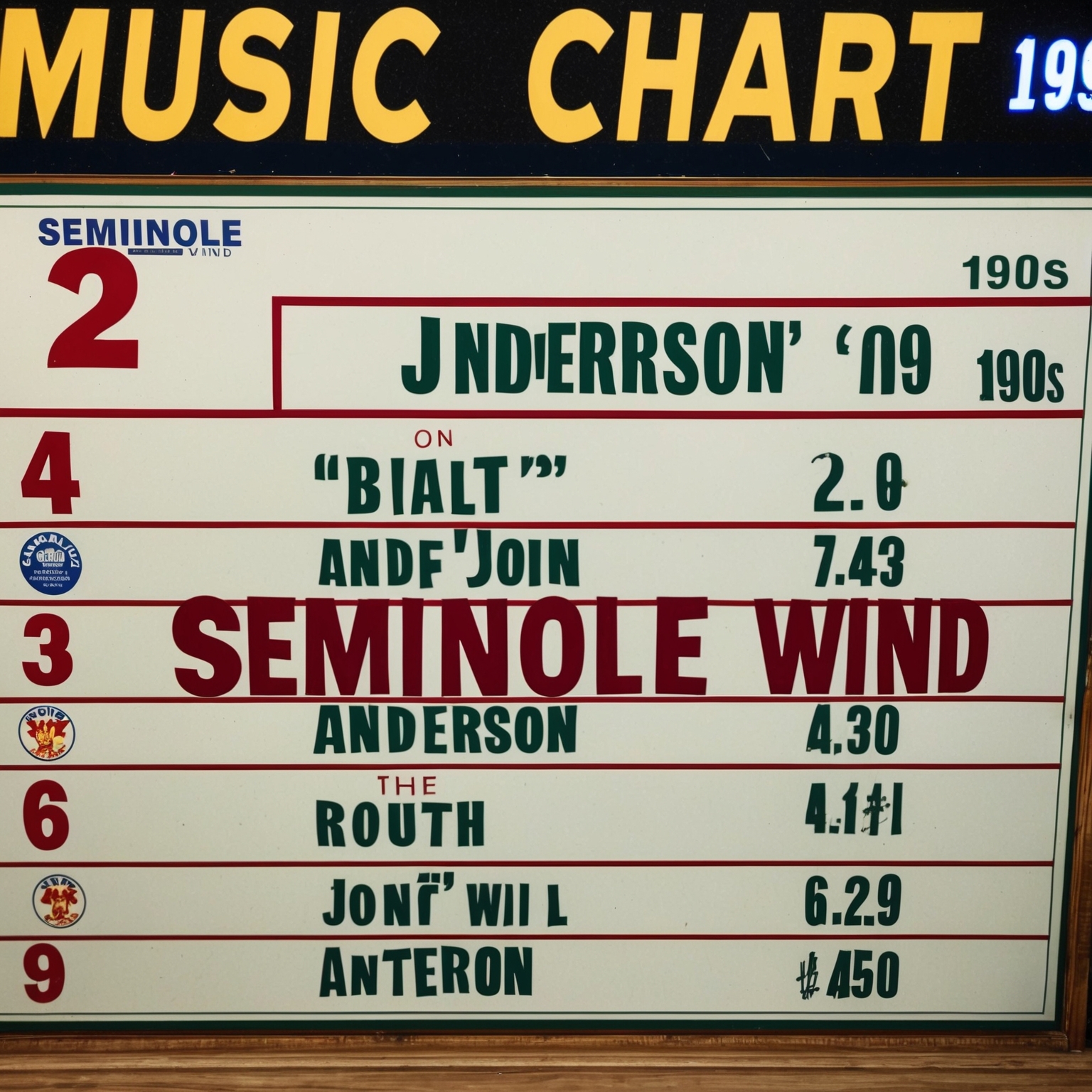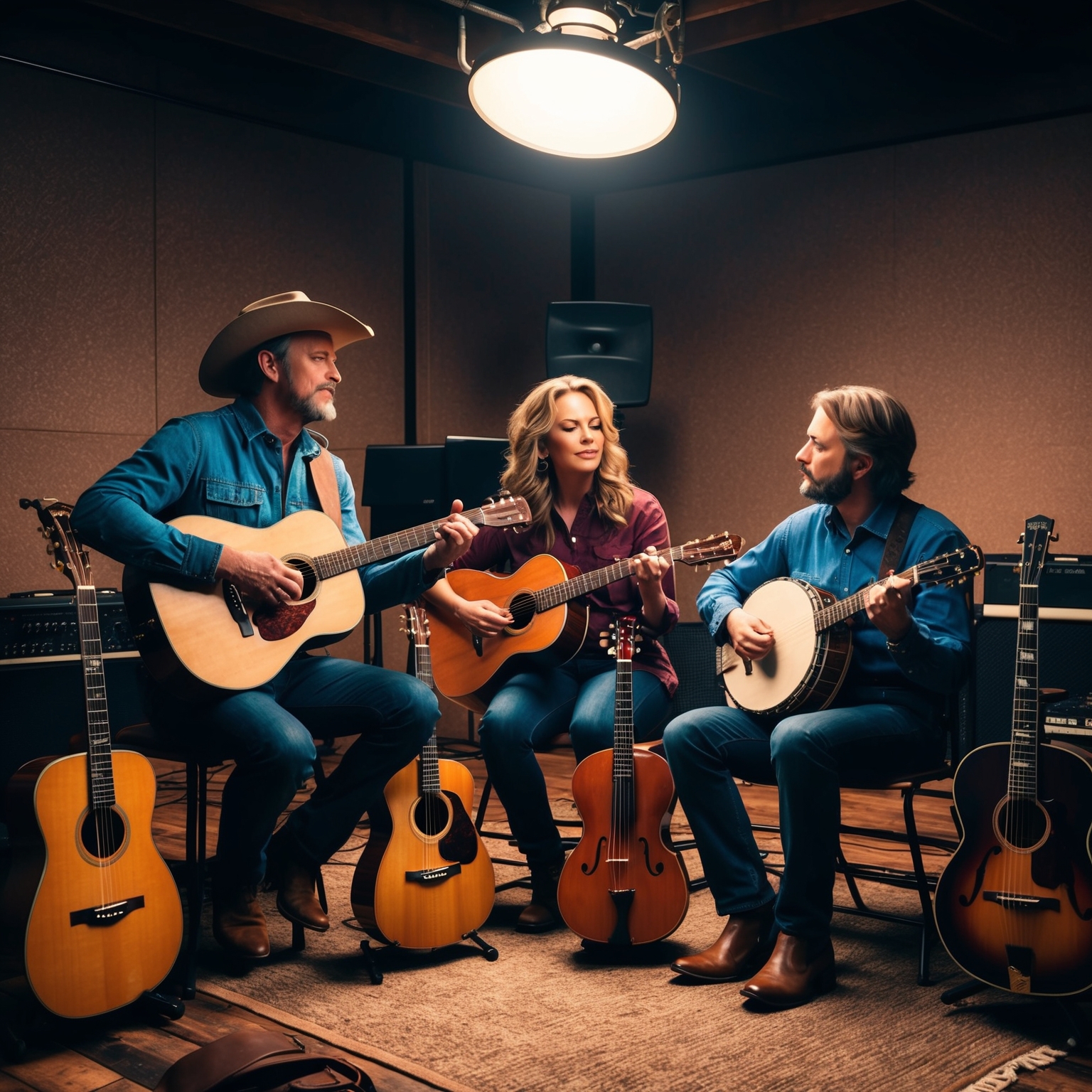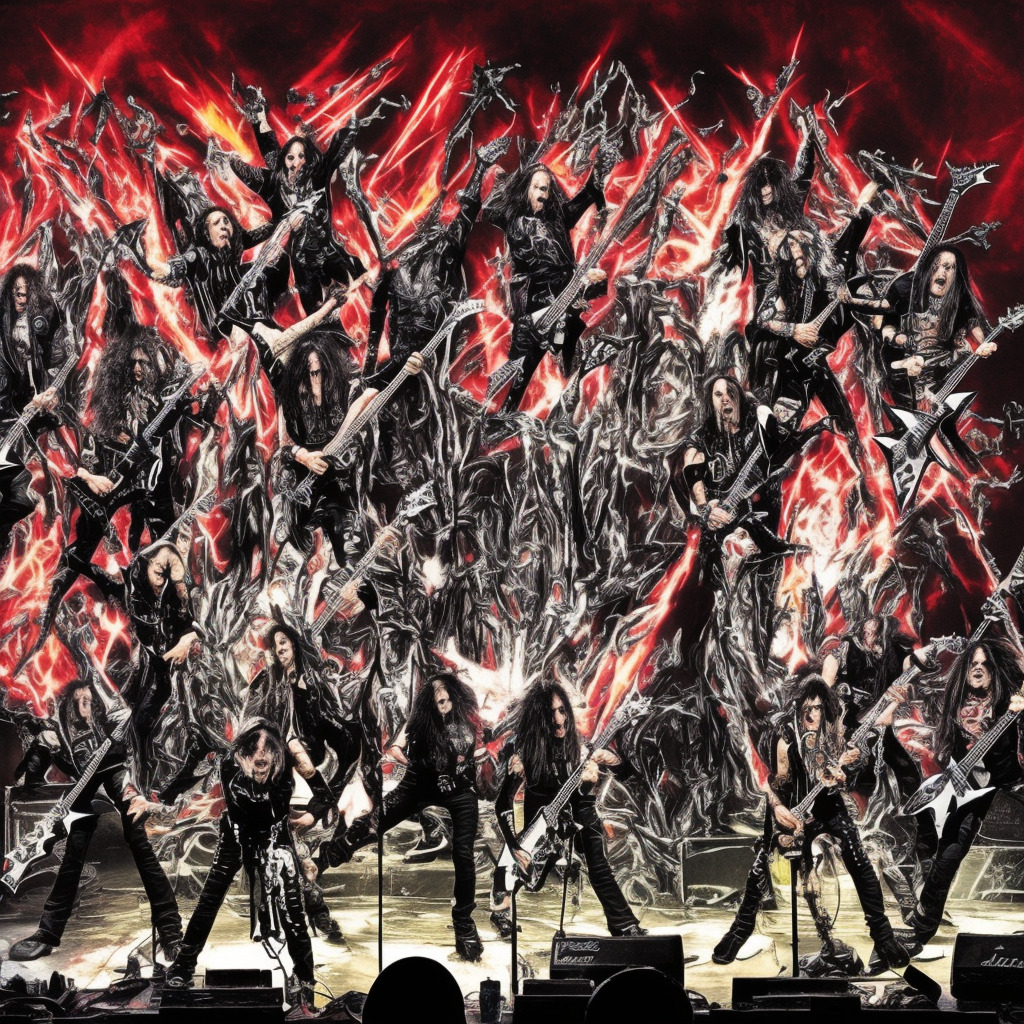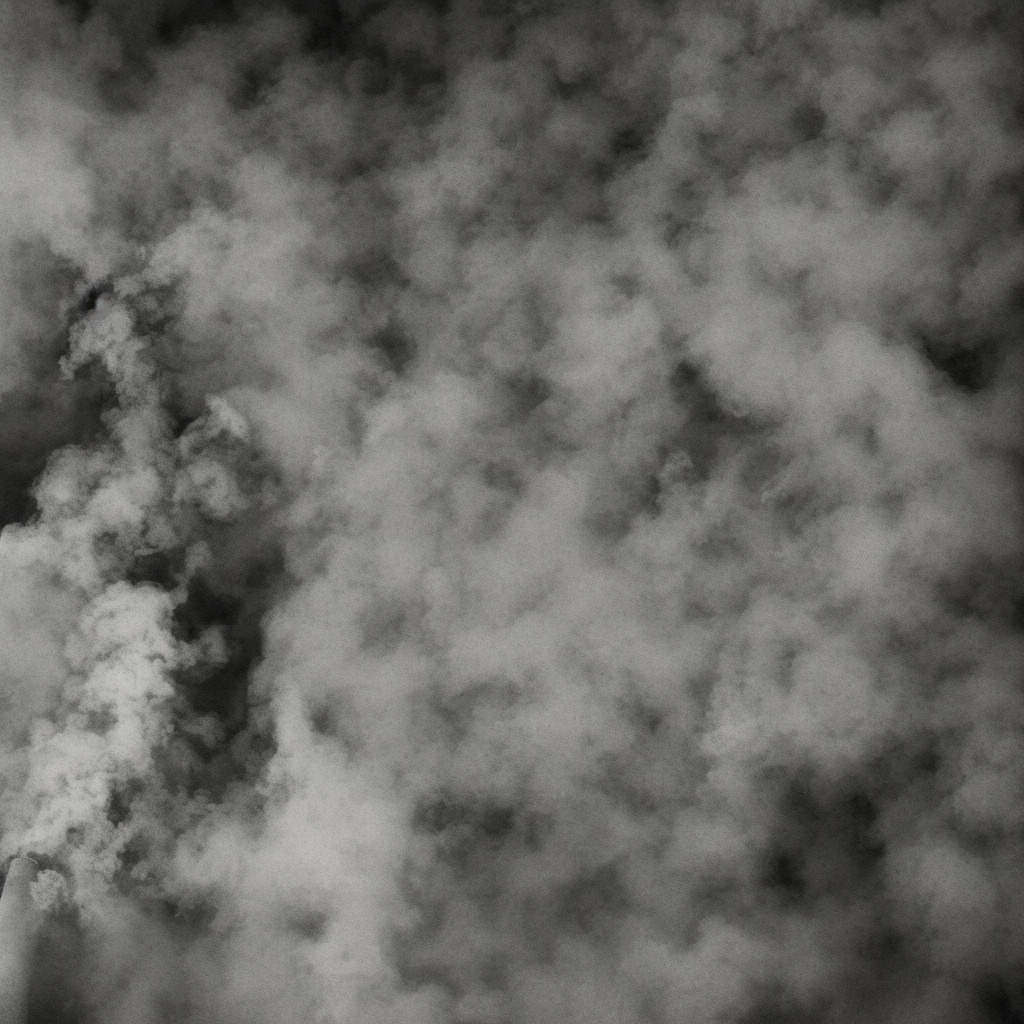John Anderson: The Voice Behind ‘Seminole Wind’
John Anderson’s journey from Apopka, Florida to the country music spotlight was solidified with ‘Seminole Wind,’ a song that epitomized his essence as an artist and storyteller.

John Anderson’s musical journey began in Apopka, Florida, where he was born on December 13, 1954. Known for his distinctive voice and blend of traditional country with a southern rock flair, Anderson has made a significant impact on the country music scene. His breakout hit, “Seminole Wind,” not only showcased his songwriting prowess but also became a defining moment in his career. The song highlighted his ability to weave compelling narratives with a rich, emotional depth that resonated deeply with audiences.
Anderson’s career took off in the early 1980s, but it was the release of “Seminole Wind” in 1992 that marked a turning point. This period was ripe with transformation in the country music industry, as artists were blending traditional sounds with modern influences. Anderson’s work stood out for its authentic embrace of storytelling and tradition, distinguishing him among his peers. At a time when the genre was seeking new sounds, Anderson stayed true to his roots, bringing a sense of authenticity and depth to his music.
Over the years, John Anderson has collaborated with a myriad of artists, enriching his musical tapestry. His partnerships are marked by a shared passion for genuine and heartfelt music creation. This collaborative spirit culminated in “Seminole Wind,” a song that not only captured the essence of his southern upbringing but also addressed environmental themes far ahead of its time. Upon its release, the song was a breath of fresh air in a music scene that was rapidly evolving, earning Anderson acclaim both as a formidable vocalist and a storyteller who could channel the spirit of an era into a few short minutes.
The Musical Genius Behind ‘Seminole Wind’: John Anderson
John Anderson, the composer behind ‘Seminole Wind,’ is a central figure in country music. Hailing from Florida, his style is an intricate blend of country, honky-tonk, and Southern rock. His composition of ‘Seminole Wind’ mirrors his personal connection to environmental issues, showcasing his unique narrative style and musical touch.

Background and Career: John Anderson, the remarkable talent behind the composition of ‘Seminole Wind,’ is a celebrated figure in country music. Born in Apopka, Florida, in 1954, Anderson’s early life was steeped in Southern musical influences. He moved to Nashville in the 1970s, where his journey into the heart of country music began. Anderson’s breakthrough came in the early 1980s with hits like ‘Swingin” and ‘Wild and Blue.’ His career has been punctuated by a unique ability to blend traditional country sounds with his own distinctive style, making him a revered songwriter and performer.
Musical Style and Influences: Anderson’s style is a rich tapestry of traditional country, honky-tonk, and Southern rock influences. Growing up in Florida, he absorbed a wide range of musical styles, from gospel to bluegrass, which became apparent in his songwriting approach. Influences from legendary artists such as Merle Haggard and George Jones are evident in his music, and Anderson has spoken about how his Southern upbringing has shaped the narrative style found in many of his songs, including ‘Seminole Wind.’
Role in the Song’s Creation: John Anderson didn’t just compose ‘Seminole Wind,’ he lived it. The song is personal, reflecting Anderson’s concerns about environmental degradation in the Florida Everglades, areas he deeply connected with during his upbringing. His composition blends evocative lyrics with melodic instrumentation, creating a haunting yet powerful piece that echoes the past while urging listeners to consider their impact on nature. The songwriting artistry in ‘Seminole Wind’ highlights Anderson’s signature touch—storytelling that resonates with emotional depth and authenticity.
Celebrating ‘Seminole Wind’: Recognitions and Covers
Seminole Wind’ by John Anderson has been celebrated through various covers and has contributed greatly to Anderson’s legacy, maintaining its cultural significance through its features in media and inspiration to artists.

‘Seminole Wind’ by John Anderson stands as a testament to the lasting impact that a song can have over the decades. Since its release, the song has resonated deeply with listeners, capturing both the essence of its lyrical theme and the heart of southern American sound. Its message and soundscape have led it to receive various accolades and prompted artists from diverse backgrounds to pay tribute through their own renditions.
Although ‘Seminole Wind’ did not specifically win any major music awards, it’s essential to highlight that the song itself helped to solidify John Anderson’s position in the country music world. It marked a significant comeback for Anderson, ensuring his continued relevance in the industry throughout the 1990s and beyond. As a part of the album which is certified platinum, ‘Seminole Wind’ contributed to the artist’s numerous nominations and recognitions by country music institutions.
Over the years, ‘Seminole Wind’ has inspired several artists who have created covers to honor its legacy. Its haunting melody and poignant lyrics make it a popular choice among modern country singers who appreciate its traditional roots. Notable covers include renditions by bluegrass musicians and local artists who bring their own unique flavor to the piece.
Additionally, ‘Seminole Wind’ has found a place in popular culture, being featured in documentaries and television segments that call attention to environmental or cultural themes similar to those depicted in the song. This inclusion in various media underscores its continuing influence and relevance, bridging the gap between art and the message within.
From Humble Beginnings to a Chart-Topping Classic
Discover how “Seminole Wind” became a chart-topping success and a pivotal moment in John Anderson’s career.

Released in August 1991, “Seminole Wind” quickly became a defining track in John Anderson’s illustrious career. This poignant tribute to nature and culture was warmly received by both fans and critics, cementing its place in the hearts of many. Upon its release, the song entered various country music charts, marking Anderson’s continued relevance in a rapidly evolving music scene.
The song’s chart success was notable, peaking at number 2 on the Billboard Hot Country Singles & Tracks chart in early 1992. This achievement signaled a remarkable return to form for Anderson, whose previous major hit was the number 1 single “Straight Tequila Night” from the same album. His ability to capture and portray heartfelt stories through his music was once again recognized and celebrated.
“Seminole Wind” was a critical and commercial success, influencing the trajectory of John Anderson’s career. Following its release, the song bolstered sales of his album, also titled “Seminole Wind,” which went on to be certified double platinum, a testament to the enduring appeal of both the artist and the track. Its influence extended beyond mainstream channels, resonating with fans worldwide and becoming a staple in country music playlists. As of today, its legacy continues to thrive on various streaming platforms, ensuring that its message reaches new generations of listeners.
A Visual Tribute to the Changing Landscape
Explore the “Seminole Wind” music video, a visually compelling piece that echoes John Anderson’s evocative lyrics about cultural and environmental changes.

The music video for John Anderson’s “Seminole Wind” provides a poignant visual narrative that complements the song’s evocative lyrics, capturing the essence of the environmental and cultural changes in Florida’s swampy terrains. Its imagery underscores the song’s themes of transformation and nostalgia, effectively translating its message into a visual medium. Lush, sweeping shots of the Everglades set an immersive backdrop, depicting the natural beauty of the region and juxtaposing it with scenes of modern development, mirroring the song’s lament for lost traditions and changing landscapes.
Beyond its thematic resonance, the video also contributed significantly to the song’s popularity. When aired on country music networks, it resonated with audiences, bringing the plight of the Seminole people and their environment to a wider audience. The poignant visuals helped reinforce the song’s emotional weight, elevating its impact and appeal.
The music video’s production involves a team skilled in assimilating its narrative and powerful visuals. While the credits may not list high-profile names, the director’s vision and cinematography team played vital roles in crafting this evocative piece of art. Though lacking celebrity cameos, its strength lies in its authentic portrayal of Florida’s landscapes, urging viewers to contemplate the encroaching impact of modernization on natural habitats and cultural heritage.
Unveiling the Musical Tapestry of ‘Seminole Wind’
Explore the intricate musical structure of John Anderson’s ‘Seminole Wind’, a song rich in traditional country elements, emotive melodies, and environmental themes.

John Anderson’s ‘Seminole Wind’ is a masterclass in musical storytelling that beautifully intertwines traditional country elements with a uniquely evocative soundscape. The song is written in the key of D major, a choice that evokes a warm, rustic feel, aligning perfectly with the song’s thematic exploration of nature and reflection. Its chord structure remains relatively simple yet effective, primarily utilizing D, G, A, and Bm to support Anderson’s poignant lyrics.
The tempo of ‘Seminole Wind’ is moderate, mirroring the steady and contemplative pace of its lyrics. The rhythm complements the song’s themes, establishing a solid foundation for Anderson’s storytelling. Instrumentally, the song employs classic country music staples such as acoustic guitar, fiddle, and banjo. The fiddle, in particular, stands out, adding a haunting quality that resonates with the song’s lament over environmental change.
Melodically, the song draws you in with its combination of minor and major intervals, creating an emotional tension that reflects the song’s narrative about the struggles of Seminole Indians and the natural world. Harmonically, Anderson’s vocals are often supported by background harmonies that enrich the track, providing depth and a sense of communal lament.
In the context of Anderson’s discography, ‘Seminole Wind’ marks a mature point in his career where the artist blends personal conviction with professional expertise. Compared to his earlier works, the song shows an evolution in lyrical and thematic depth, distinguishing itself with a more serious tone and environmental urgency.
Interestingly, ‘Seminole Wind’ was recorded at the renowned Sound Stage Studios in Nashville, known for its association with numerous country legends. The production, led by James Stroud, highlights Anderson’s rich vocals while maintaining a minimalist yet powerful arrangement. Anecdotes from the recording sessions reveal a deep commitment to authenticity, with the naturalistic sounds of the swamps influencing both the sound and ambiance of the studio during recording.
Exploring the Depths of ‘Seminole Wind’: A Lyrical Journey
Explore the powerful themes of environmental and cultural reflection in ‘Seminole Wind.’ This lyrical analysis delves into the song’s narrative style, literary devices, and cultural references, offering insight into its enduring emotional impact.
Men would search for wealth untold
They’d dig for silver and for gold
And leave the empty holes
And way down south in the Everglades
Where the black water rolls and the saw grass waves
The eagles fly and the otters play in the land of the Seminole
So blow, blow Seminole wind
Blow like you’re never gonna blow again
I’m calling to you like a long-lost friend
…
******* This Lyrics is NOT for Commercial use *******
 John Anderson’s ‘Seminole Wind’ is a poignant, lyrical masterpiece that deeply resonates with listeners through its environmental and cultural themes. At its core, the song offers a powerful commentary on environmental degradation and its impact on the native Seminole people of Florida. **The themes and messages within the lyrics are both social and political, as Anderson eloquently addresses how industrialization and human greed have disrupted natural habitats and traditional ways of life.** The song’s release in the early 1990s coincided with a growing awareness of ecological issues worldwide, making its themes even more relevant and impactful to audiences of that era and beyond.
John Anderson’s ‘Seminole Wind’ is a poignant, lyrical masterpiece that deeply resonates with listeners through its environmental and cultural themes. At its core, the song offers a powerful commentary on environmental degradation and its impact on the native Seminole people of Florida. **The themes and messages within the lyrics are both social and political, as Anderson eloquently addresses how industrialization and human greed have disrupted natural habitats and traditional ways of life.** The song’s release in the early 1990s coincided with a growing awareness of ecological issues worldwide, making its themes even more relevant and impactful to audiences of that era and beyond.
Narratively, ‘Seminole Wind’ weaves a compelling story from the first-person perspective, effectively drawing listeners into the haunting beauty of the Everglades—a place where, as Anderson describes, ‘the black water rolls and the saw grass waves.’ The imagery he evokes of ‘eagles fly[ing] and otters play[ing] ’ in the Seminole’s land underscores the untouched and serene nature of this landscape, starkly contrasting the destructive practices of men ‘digging for silver and for gold.’ This first-person narrative style not only intensifies the emotional impact of the song but also serves as a personal lament and a call to action, inviting listeners to reflect on humanity’s relationship with nature and indigenous cultures.
The song’s lyrical quality is further enhanced by Anderson’s use of literary devices. **Metaphors and personifications abound, such as the personified ‘Seminole Wind,’ which he implores to ‘blow like you’re never gonna blow again,’ echoing a sense of urgency and a plea for redemption.** The rhyme scheme and rhythm add to the storytelling aspect, making the lyrics memorable and impactful. Similar thematic concerns can be found in works of the same genre, where country artists often draw attention to family, land, and nature, but Anderson’s vivid imagery and heartfelt plea make ‘Seminole Wind’ stand out uniquely.
Moreover, the cultural and social references peppered throughout the lyrics add depth and relatability for various audiences. Anderson pays homage to the Seminole tribe, a cultural touchstone that highlights the struggles of indigenous communities faced with the encroachment of modernity. This reference not only grounds the song in historical reality but also amplifies its emotional appeal, as listeners are urged to imagine the loss of a vital, living culture. **The emotional connection and relatability of the lyrics undeniably contributed to the song’s success, evoking feelings of nostalgia, melancholy, and hope among listeners.**
Language-wise, ‘Seminole Wind’ uses simple yet evocative diction, enhancing its appeal across a broad audience. The choice of words, while straightforward, cleverly evokes rich imagery and profound emotions, ensuring the song’s message is both accessible and powerful. John Anderson’s ability to intertwine personal and universal themes through his language reflects the timeless nature of ‘Seminole Wind,’ allowing it to maintain its relevance decades after its release.
🌬️ Did you know Seminole Wind was inspired by John Anderson’s love for the Everglades? 🎶 Dive into this classic for a taste of nostalgia! #CountryClassic #MusicTrivia #JohnAnderson 🎸💚 https://bit.ly/3YmUhIW
Click to Tweet







